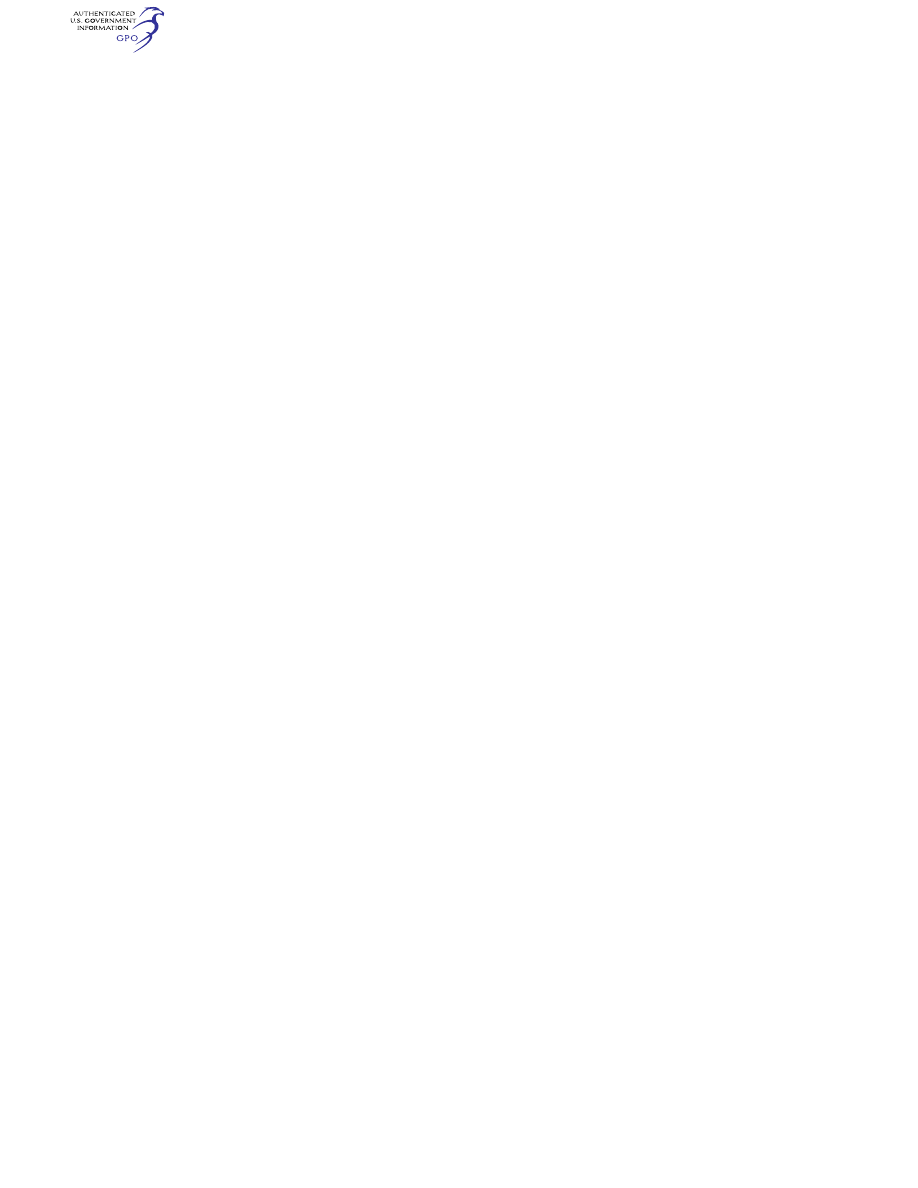
817
Federal Aviation Administration, DOT
§ 91.1609
(d)
Emergency situations. In an emer-
gency that requires immediate decision
and action for the safety of the flight,
the pilot in command of an aircraft
may deviate from this section to the
extent required by that emergency. Ex-
cept for U.S. air carriers and commer-
cial operators that are subject to the
requirements of 14 CFR part 119, 121,
125, or 135, each person who deviates
from this section must, within 10 days
of the deviation, excluding Saturdays,
Sundays, and Federal holidays, submit
to the responsible Flight Standards Of-
fice a complete report of the operations
of the aircraft involved in the devi-
ation, including a description of the de-
viation and the reasons for it.
(e)
Expiration. This SFAR will remain
in effect until March 20, 2025. The FAA
may amend, rescind, or extend this
SFAR, as necessary.
[Docket No FAA–2011–0246; Amdt. No.91–321E,
85 FR 45091, July 27, 2020, as amended by
Docket No. FAA–2011–0246; Amdt. No. 91–
321F, 88 FR 16878, Mar. 21, 2023]
§ 91.1605
Special Federal Aviation Reg-
ulation No. 77—Prohibition Against
Certain Flights in the Baghdad
Flight Information Region (FIR)
(ORBB).
(a)
Applicability. This section applies
to the following persons:
(1) All U.S. air carriers and U.S. com-
mercial operators;
(2) All persons exercising the privi-
leges of an airman certificate issued by
the FAA, except when such persons are
operating U.S.-registered aircraft for a
foreign air carrier; and
(3) All operators of civil aircraft reg-
istered in the United States, except
when the operator of such aircraft is a
foreign air carrier.
(b)
Flight prohibition. Except as pro-
vided in paragraphs (c) and (d) of this
section, no person described in para-
graph (a) of this section may conduct
flight operations in the Baghdad Flight
Information Region (FIR) (ORBB) at
altitudes below Flight Level (FL) 320.
(c)
Permitted operations. This section
does not prohibit persons described in
paragraph (a) of this section from con-
ducting flight operations in the Bagh-
dad FIR (ORBB) at altitudes below
FL320, provided that such flight oper-
ations occur under a contract, grant,
or cooperative agreement with a de-
partment, agency, or instrumentality
of the U.S. Government (or under a
subcontract between the prime con-
tractor of the department, agency, or
instrumentality, and the person de-
scribed in paragraph (a) of this section)
with the approval of the FAA, or under
an exemption issued by the FAA. The
FAA will consider requests for ap-
proval or exemption in a timely man-
ner, with the order of preference being:
first, for those operations in support of
U.S. Government-sponsored activities;
second, for those operations in support
of government-sponsored activities of a
foreign country with the support of a
U.S. Government department, agency,
or instrumentality; and third, for all
other operations.
(d)
Emergency situations. In an emer-
gency that requires immediate decision
and action for the safety of the flight,
the pilot in command of an aircraft
may deviate from this section to the
extent required by that emergency. Ex-
cept for U.S. air carriers and commer-
cial operators that are subject to the
requirements of part 119, 121, 125, or 135
of this chapter, each person who devi-
ates from this section must, within 10
days of the deviation, excluding Satur-
days, Sundays, and Federal holidays,
submit to the responsible Flight Stand-
ards office a complete report of the op-
erations of the aircraft involved in the
deviation, including a description of
the deviation and the reasons for it.
(e)
Expiration. This SFAR will remain
in effect until October 26, 2024. The
FAA may amend, rescind, or extend
this SFAR, as necessary.
[Docket No. FAA–2018–0927, Amdt. No. 91–
353A, 85 FR 65693, Oct. 16, 2020, as amended by
Amdt. No. 91–353B, 87 FR 57390, Sept. 20, 2022]
§ 91.1607
[Reserved]
§ 91.1609
Special Federal Aviation Reg-
ulation No. 114—Prohibition
Against Certain Flights in the Da-
mascus Flight Information Region
(FIR) (OSTT).
(a)
Applicability. This section applies
to the following persons:
(1) All U.S. air carriers and U.S. com-
mercial operators;
(2) All persons exercising the privi-
leges of an airman certificate issued by
the FAA, except when such persons are
VerDate Sep<11>2014
14:00 Mar 14, 2024
Jkt 262047
PO 00000
Frm 00827
Fmt 8010
Sfmt 8010
Q:\14\14V2.TXT
PC31
aworley on LAPBH6H6L3 with DISTILLER
